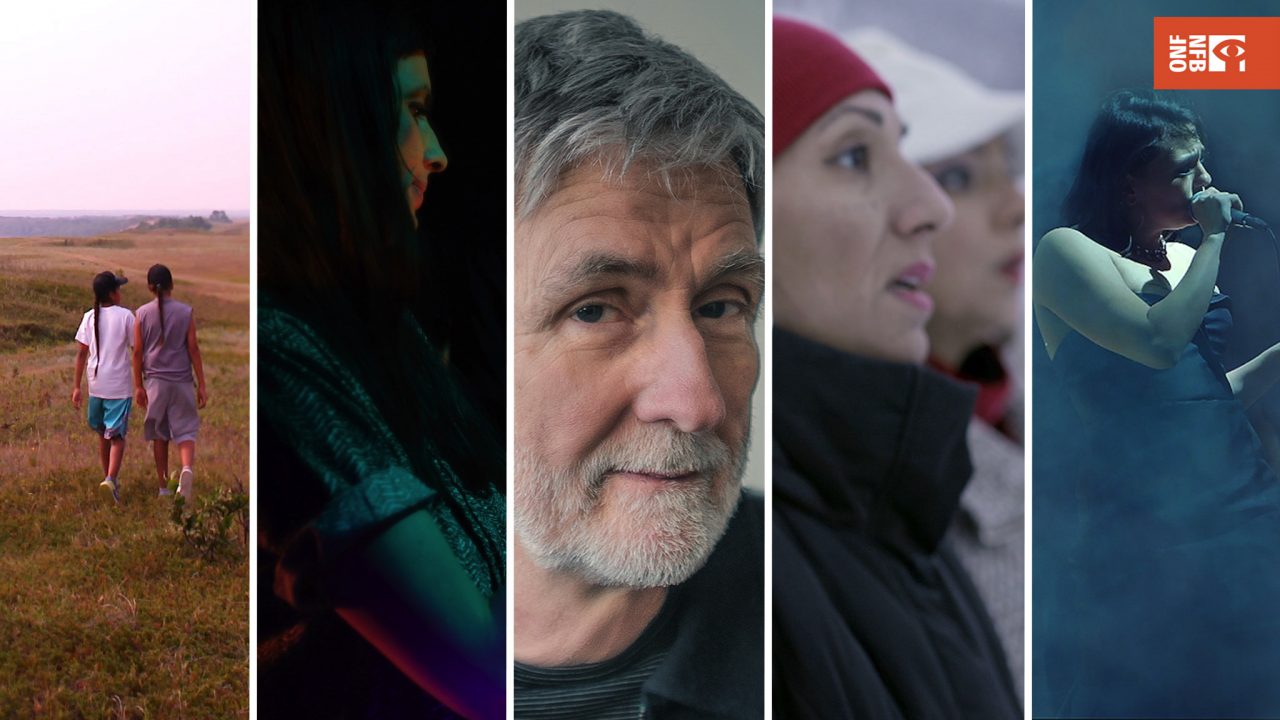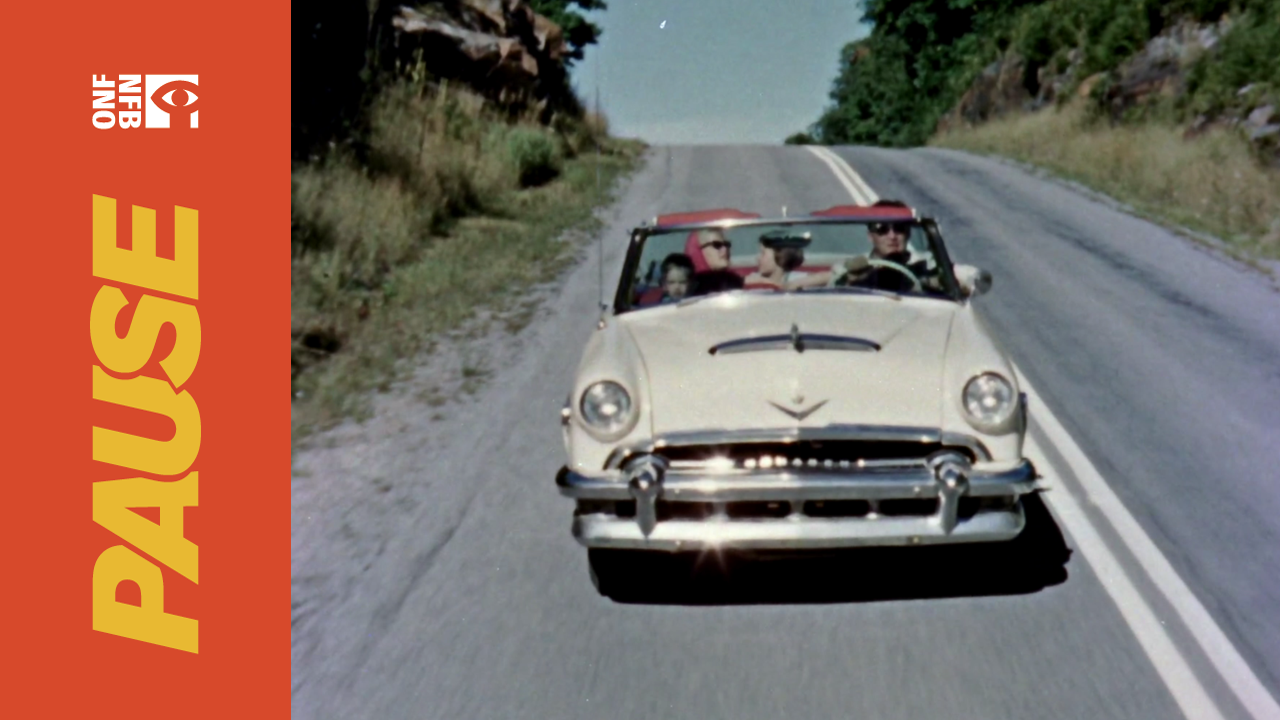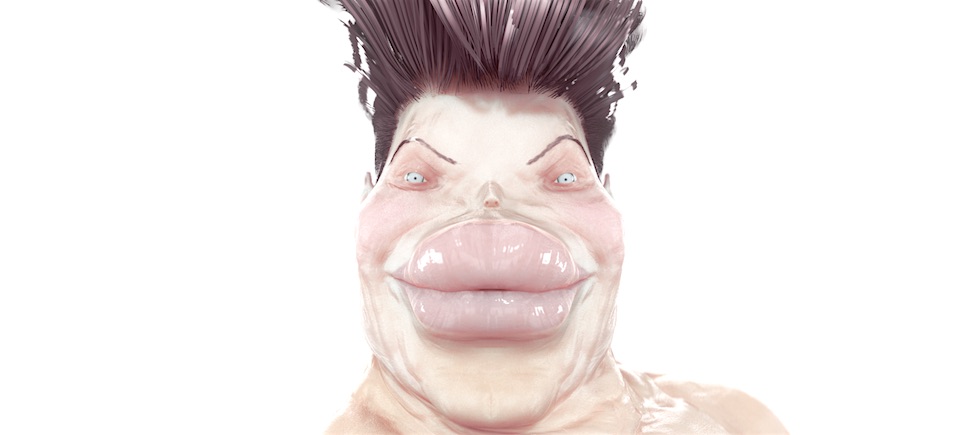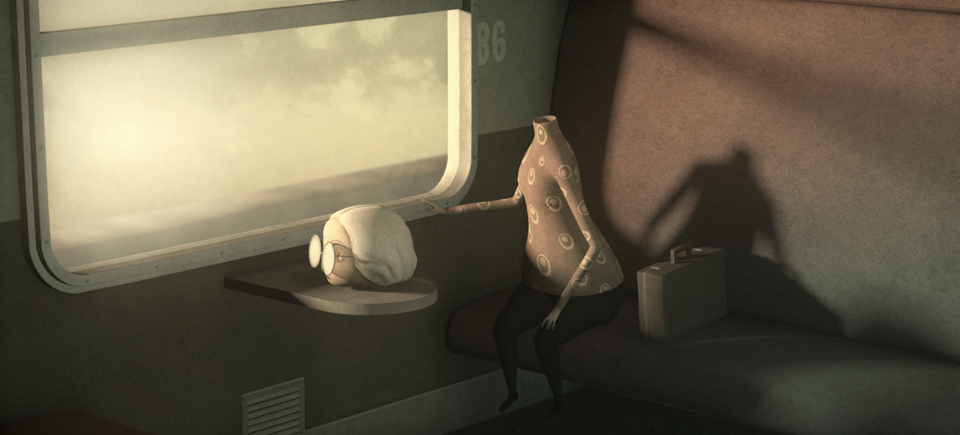A sneak peek inside our 3D lab at the NFB
With the addition of 3D films to NFB.ca, I thought I’d take the opportunity to pull back the curtain and let you all peek inside the NFB’s StereoLab.
The StereoLab is an experimental project that does production as well as research and development into the medium of 3D. It has existed, in one form or another, for 10 years and came about as a result of SANDDE (Stereoscopic Animation Drawing Device).
Simply put, SANDDE is a tool that allows animators to immerse themselves in the 3D environment and create 2D hand-drawn animation that is rendered 3 dimensional. It’s a proprietary piece of technology that was developed by the same team behind IMAX.
Maral Mohammadian, the Production Manager of the StereoLab, was kind enough to answer a few questions for me.
Julie Matlin: Before we even start, I have to ask – what is the difference between 3D and Stereoscopy?
Maral Mohammadian: Stereoscopy is what 3D is referred to in animation, mainly because in animation, “3D” traditionally means CGI (computer generated imagery) in the style of Pixar/Disney films. These are graphics made in 3D environments, but not the kind of 3D that gives you behind/in-front of the screen depth.
Stereoscopy is technically the correct term but since it sounds like a painful medical procedure, the industry is more and more using “S3D” or “3D.”
JM: How are 3D images created?
MM: Creation relies on capturing your scene from two slightly different points of view (i.e.: generating a left eye and a right eye perspective). You can either do that in SANDDE, you can do it in After Effects by compositing it that way, you can do it in Maya by having 2 cameras and capturing it that way or you can go outside and shoot it with 2 cameras. You can use all of these methods with different display technologies.
JM: What kinds of projects are currently being done in the StereoLab?
MM: Up until last year, it was all animation projects, primarily with SANDDE.
Tower Bahwer (the 3D version) was the first project to explore alternative ways of making 3D. What we learned from that project has spawned a lot of experimentation with various techniques and what we’re doing today is more and more mixed media – live action capture with animation and effects and different kinds of animation.
But whether it’s a short film, an emerging filmmaker who’s seen a SANDDE demo, or even a high profile project, when someone comes to us with an idea the question is always the same – “Why is this a 3D film?”
There needs to be a solid articulation of that from the creator. That’s what gets everyone excited, the projects that push the envelope in what you can do with 3D that you can’t do as well in 2D, or that you wouldn’t even think about doing in 2D. And that’s why the immersive environment is so important.
It’s being in that world that inspires ideas.
***
Read Part 2 of my interview with Maral in which she talks about the how the StereoLab operates, what goes into producing 3D films and the shift towards live action projects.




Why is this a 3D film?
Brilliant Website, just found it. Thank you.
I really wish there were more atrlcies like this on the web.